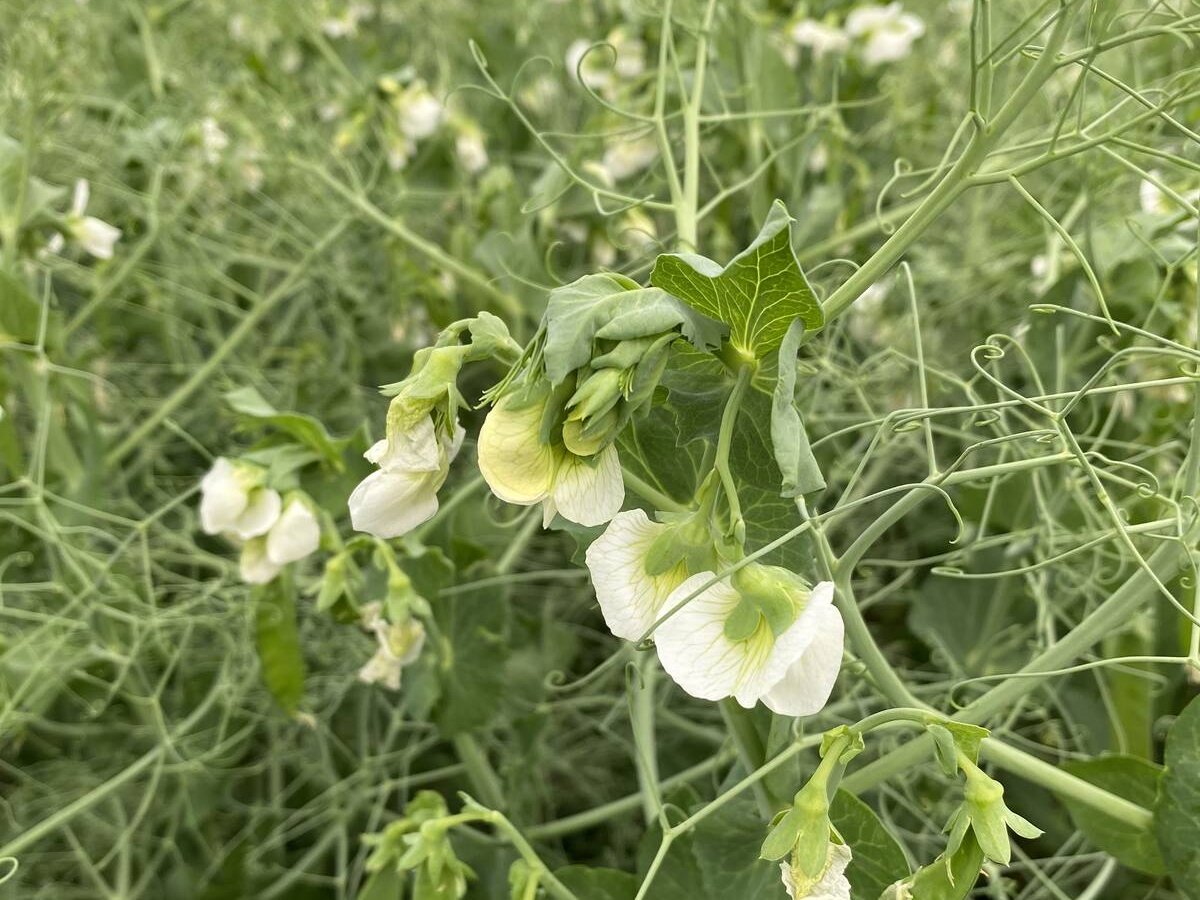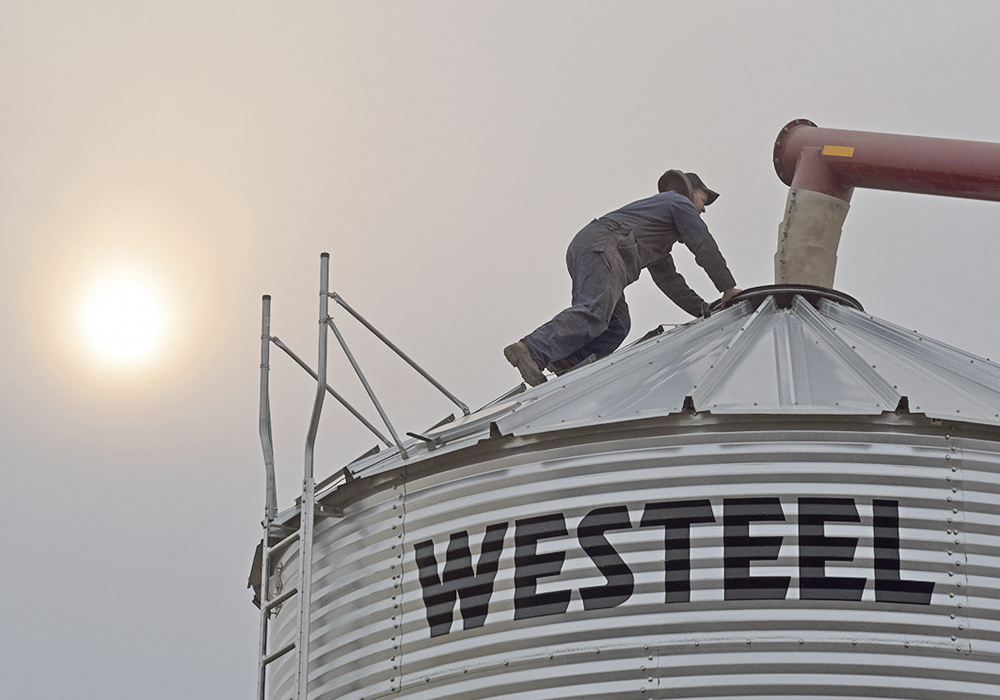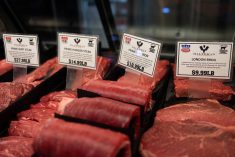This was (probably) one of the best years for farmers to have fall prices and delivery locked-in.
Whether for bin management, cash flow, or guaranteeing historically high prices, being able to move crop soon for a nice price is a situation a lot of producers would want.
Unfortunately, this was the most likely year for ages in which farmers would have been scared to lock-in anything.
“Growers were gun-shy after some of their experiences last year,” said Mike Jubinville of MarketsFarm.
Indeed, last year’s drought left thousands of farmers short grain and outside the quality parameters of grain contracts they had signed when they assumed they would produce something near to an average crop.
Read Also

India slaps 30 per cent import duty on yellow peas
India has imposed a 30 per cent duty on yellow pea imports with a bill of lading date on or after Nov. 1, 2025.
Some farmers found themselves forced to buy their way out of the contracts, often at prices that added insult to the production injury they had already suffered.
Even farmers who had enough production to fulfil contracts often felt sour after seeing high prices over the winter, spring and summer and having no physical crop with which to take advantage of those prices.
In the spring, because the drought had been profound and subsoil reserves had fallen extremely low, even with decent snow and spring rainfall, many farmers felt unsafe locking-in any forward prices. After 2021, who wanted to gamble on summer 2022 production?
But that now appears to leave most farmers with lots of crop heading towards the bin, gigantic fertilizer bills coming due, and a depressed crop market for anybody needing to dump crop.
For a farmer in that needing-to-dump situation, there aren’t easy choices to make. Supply and demand fundamentals suggest cash market prices will be better supported once the flush of harvest grain deliveries is past. Near the end of the calendar year, the commercial buyers and processors will have cleared the early season deliveries and be back in the market looking for more.
Analysts I spoke with didn’t see any obvious must-sell-now crops or definitely-don’t-sell-now crops.
David Derwin of P.I. Financial in Winnipeg had an interesting take on the situation. Some crops are publicly priced through futures exchanges and have options contracts attached to them, so that offers farmers the ability to hedge their selling-or-storing choices. Other crops don’t.
“They should really analyze and focus on non-futures crops like durum, barley and pulses if it makes sense to sell them since they don’t have the flexibility of using options on those crops,” said Derwin.
Special crop marketing demands the greatest need for specific crop supply and demand analysis, since those crops trade in such rarefied marketplaces. Mustard has been wild this year, with Dijon mustard panics in France leading to sky-high prices. Statistics Canada says a monster lentil crop is about to hit the bin.
An average canaryseed crop is heading toward bins apparently swept completely clear of the crop that tends to be the farmer’s favourite crop to store forever.
Figuring out how to market each of those crops could be a lot of fun.
Jubinville pointed out that all today’s crops are priced at levels nobody would have sniffed at a few years ago. Canola at $19, flax at $25 and $7 feed barley wouldn’t have found reluctant sellers before the recent bull market.
Tough choices today are generally much better than the tough marketing choices of a few years back.
Still, there are those fertilizer bills looming and they haven’t fallen along with the crop markets. And nobody wants to sell because they have to.
















